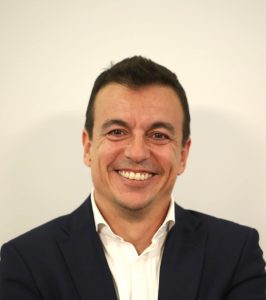The current 24 European Reference Networks of the European Union enable medical professionals to exchange knowledge of rare or low-prevalence complex diseases online, and thus improve the treatment of patients.
Text: Dietmar Schobel

“On the whole, the European Reference Networks have improved the situation for patients who suffer from a rare or low-prevalence complex disease. They are a good example of the potential that can be exploited when the Member States of the European Union cooperate in the area of health,” explains Dimitrios Athanasiou, a patient representative from Greece, board member of the World Duchenne Organization, and member of the Paediatric Committee PDCO of the European Medicines Agency. He also has an 11-year-old son who has Duchenne, which is a serious and currently incurable disease associated with increasing muscle weakness. However, the 24 different European Reference Networks (ERNs) are actually not all of the same quality, and they cannot be used to the same extent in every country, he adds.
The European Reference Networks have improved the situation for patients who suffer from a rare or low-prevalence complex disease.
DIMITRIOS ATHANASIOU, BOARD MEMBER OF THE WORLD DUCHENNE ORGANISATION
A disease is termed rare when less than 1 in 2,000 people are affected. In total, there are between 5,000 and 8,000 rare diseases, and approx. 30 million people in the EU are affected. Low-prevalence and complex diseases combine uncommon factors or symptoms, requiring a multi-disciplinary approach. The ERNs are intended to improve access by these people to diagnoses, care and treatment – especially in regions or countries where there is a relatively small amount of expertise in certain rare diseases.
The 24 ERNs were established in 2017 and consist of more than 900 teams of experts in over 300 hospitals throughout 26 European countries. Patient data in the ERNs is available electronically, which allows the experts who participate in these virtual networks to discuss possible diagnoses and the best treatments without patients having to travel to see them.
Dimitrios Athanasiou has personal experience of the European Reference Network for neuromuscular diseases (ERN EURO-NMD). “When the network was set up, patient organisations were systematically incorporated. That was and is one of the reasons why implementation is comparatively successful,” he believes. For the future, he would like higher funding for the ERNs and also better possibilities for cross-border treatment within the European Union. “Being born on the right or wrong side of an internal EU border should not be a matter of life or death,” emphasises Athanasiou.
